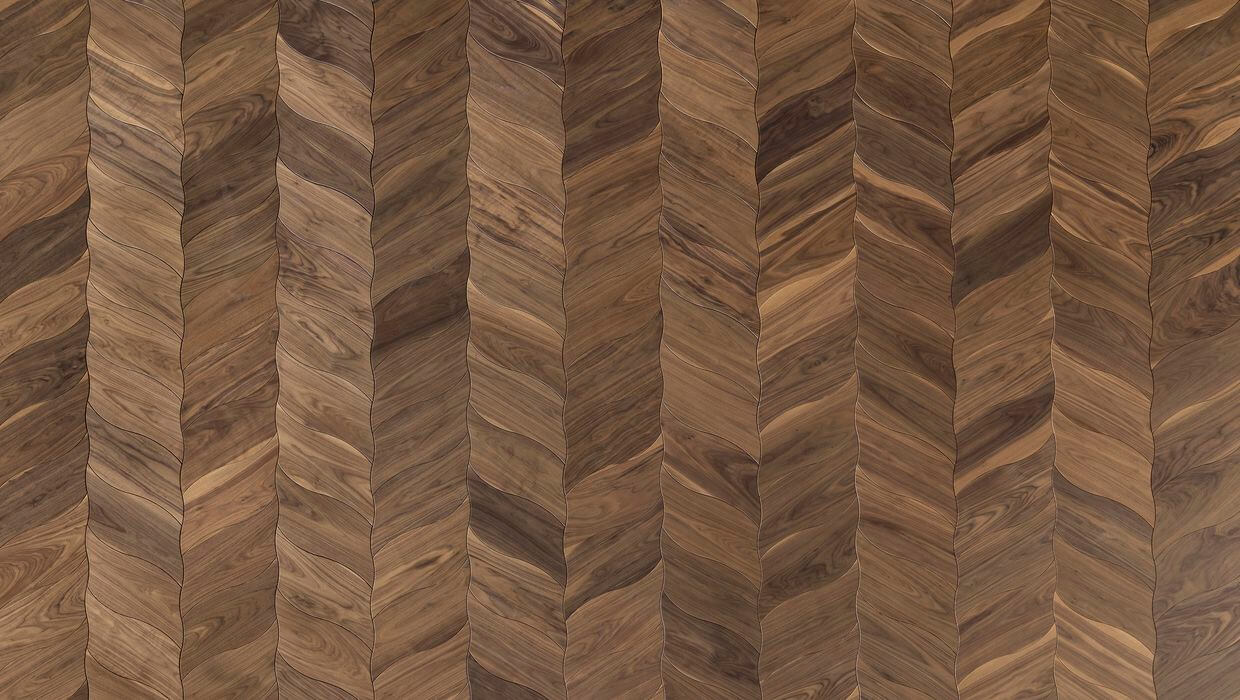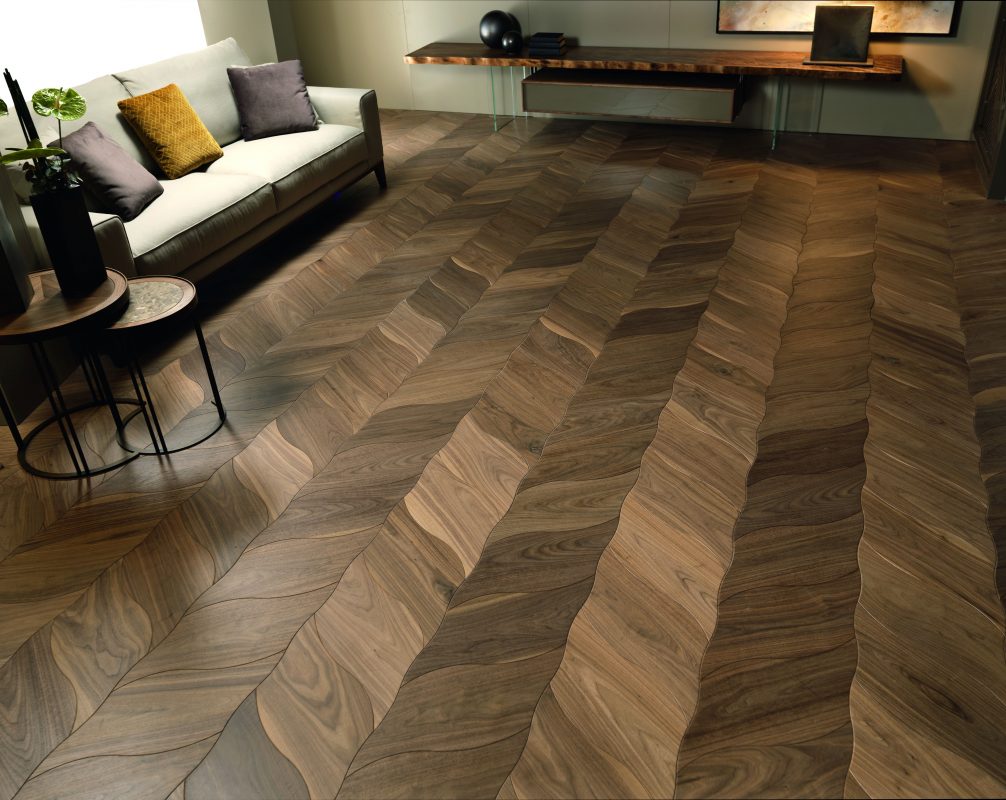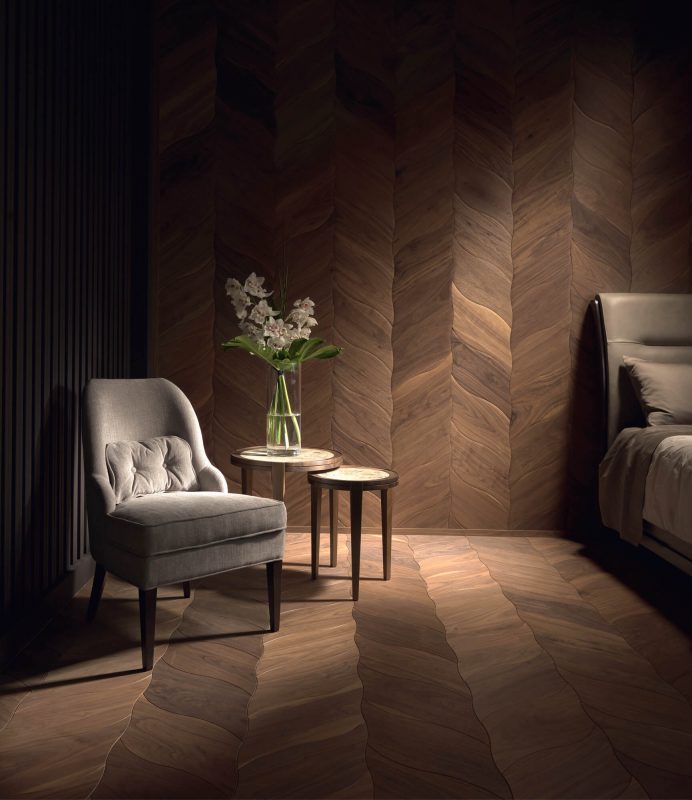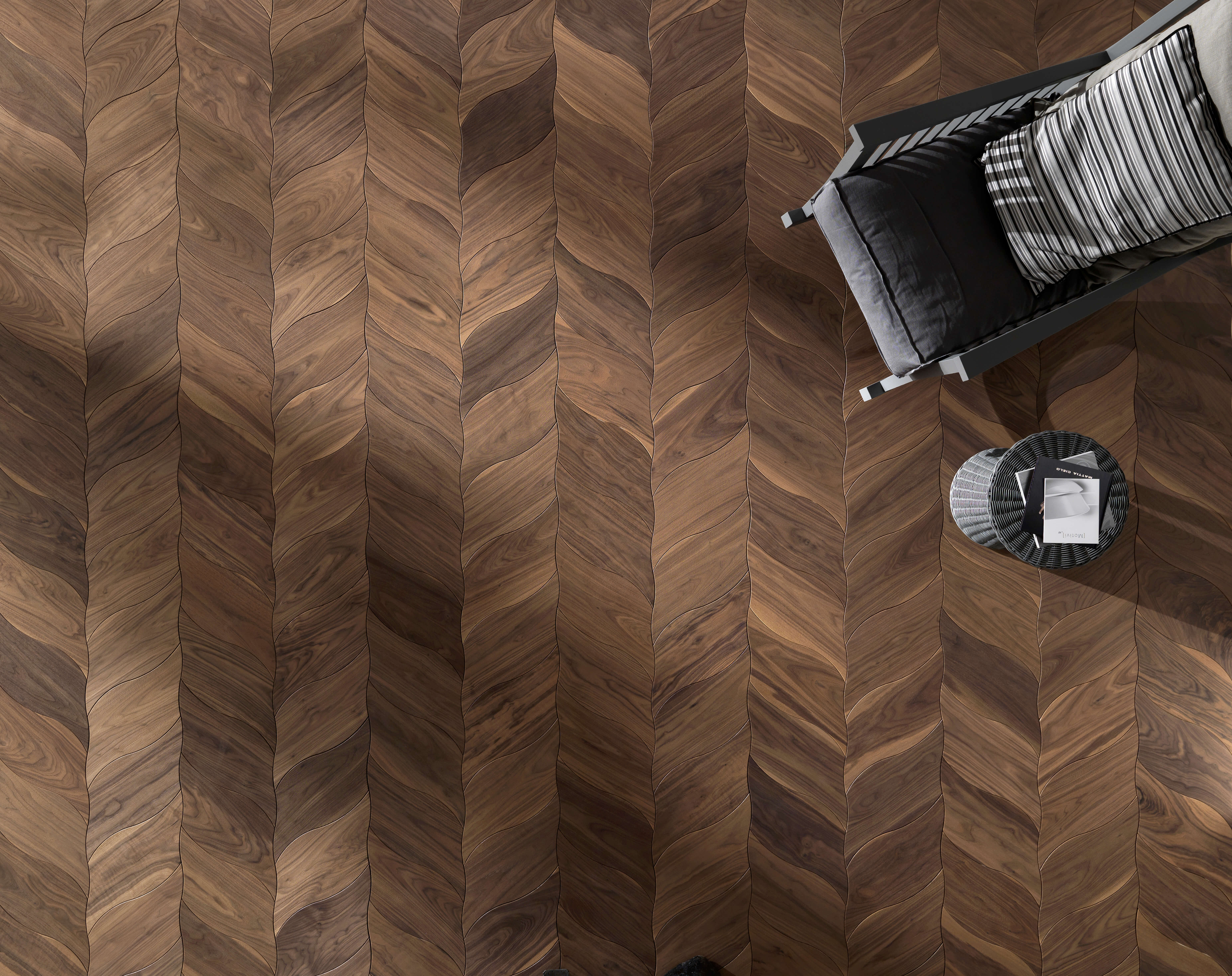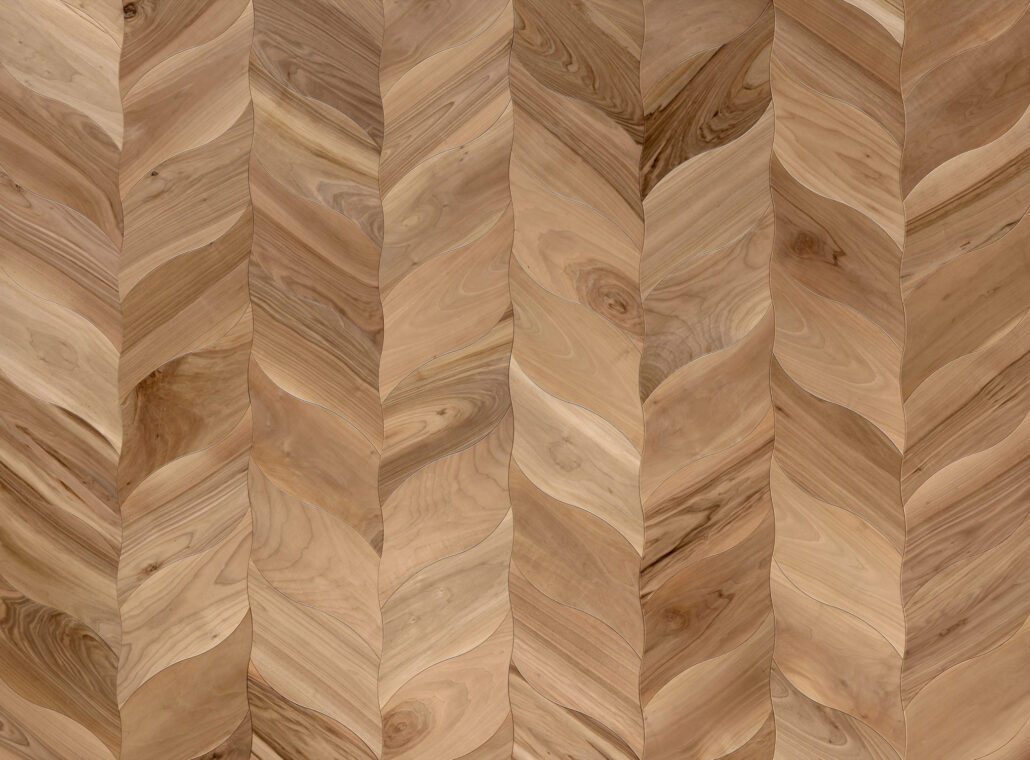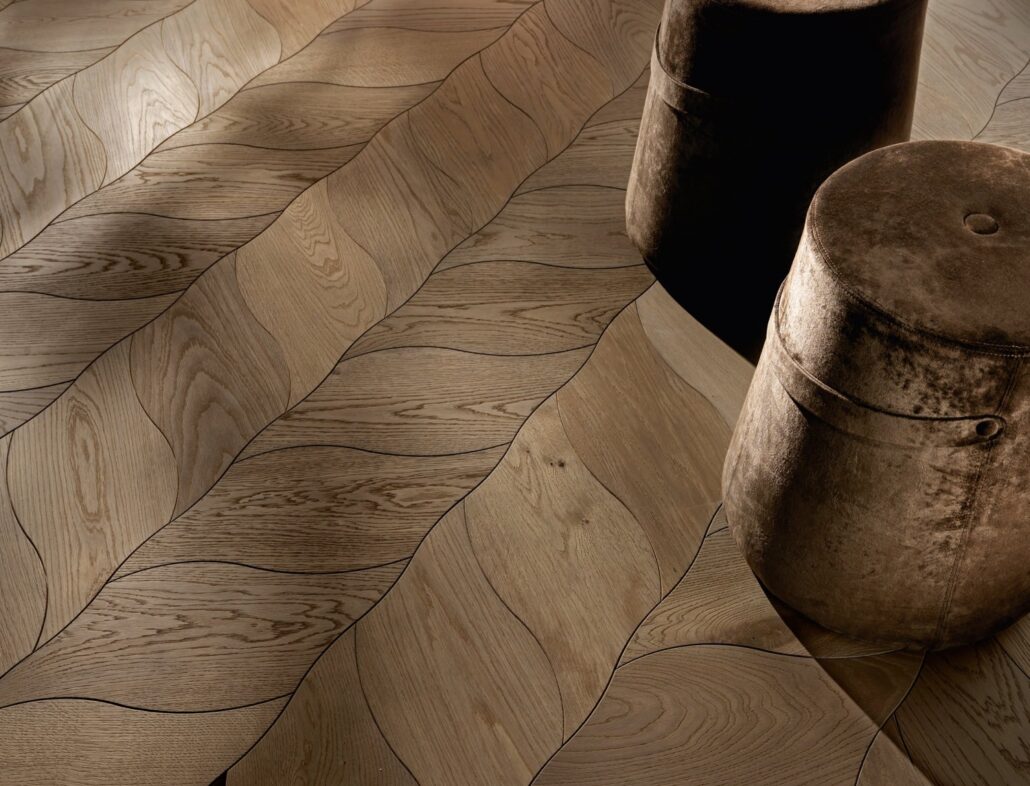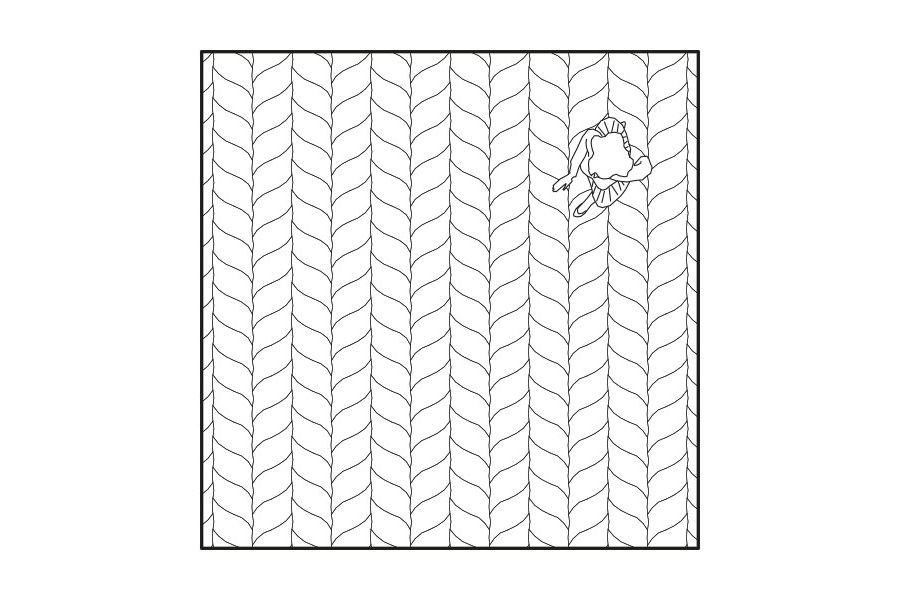Among the basic shapes of wooden floors are planks, herringbone, chevron, panels, and modules. Let's take a look at them one by one.
Planks - the basic shape for laying wooden floors, which highlights the natural character of wood the most. Generally, the wider and longer the plank, the more expensive it is. Among our specialties are jumbo planks from the manufacturer Foglie d'Oro, which reach a width of 50 cm and a length of up to 4.5 meters. Planks are generally chosen by customers who prefer a Scandinavian or rustic interior style.
Herringbone / fishbone - a classic pattern that comes to mind for most people when talking about wooden parquet flooring. It consists of shorter rectangular planks that are laid at a 90-degree angle to each other. This pattern is often chosen for interiors of traditional urban apartments.
Chevron - similar to herringbone, but unlike it, individual planks are parallelograms and are laid at a 45-degree angle (French pattern) or 60-degree angle (Hungarian pattern). When laid, they create long lines that visually elongate the space and give an elegant look.
Panels - a grand pattern of various shapes, often combining multiple types of wood materials or colors. We encounter it in representative spaces of villas, palaces, and historical buildings. Among the most famous are the so-called Vienna cross or Versailles panel.
Modules - the most modern and distinctive type of wooden flooring. It is often composed of several types of modules of different shapes, allowing for the creation of sophisticated geometric or organic patterns. These floors are often designed by contemporary designers, and their shapes are patented by individual manufacturers.
